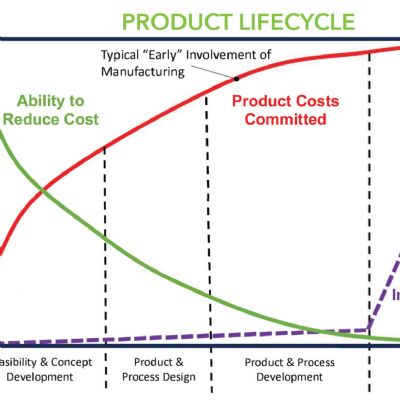 Irv Blackman
Irv BlackmanDo You Have a Small Fortune in an IRA? Learn How to Escape the Double-Tax Monster
December 1, 2012Comments
Are you a high-net-worth taxpayer—irrevocably in the highest income- and estate-tax brackets? Is a significant asset, worth $1 million or more, a qualified plan like an IRA, 401(k) plan, profit-sharing plan or similar? If so, the tax math can be scary. Assume that for every dollar taken out of the plan the IRS gets 35 cents in income tax. When you die, the IRS socks you again, for 55 percent (using 2013 rates) of the 65 cents for estate taxes—another 35 cents down the tax drain.
I call this the double-tax monster, which in this case leaves your family a paltry 30 cents on the dollar. Chances are Congress will change the tax rates over time, but the double-tax monster will never go a.
How much will the double-tax cost? For a plan worth $1 million, the tax collector gets $700,000, your family $300,000.
Wait, there’s more bad news. Your state of residence (except for the few tax-free states) also receives a cut of the tax action. And, over time your plan investments should grow; that growth only adds to your tax pain and adds insult to injury.
Let’s follow the plan money, during your life and when you die.
Chances are you don’t need your plan funds to maintain your lifestyle. But like it or not, the year after you reach age 70.5 you must take a required minimum distribution (RMD). The RMD starts at 3.65 percent of the plan balance the first year and rises a bit every year, reaching 5.13 percent in year 10, 8.33 percent in year 20, and so on.
Those RMDs someday will be clobbered by estate taxes. But the real villain is what’s called income in respect of a decedent (IRD): the amount in your plan when you die. It’s double taxed.
RMD (while you are alive) and IRD (when you die) are designed to literally, but legally, steal your plan dollars. Can you beat these two tax bandits? Absolutely.







 Podcast
Podcast
 Webinar
Webinar